While most homeowners usually focus on spring cleaning during this time of the year, there are more important things to concentrate on once the warm weather starts to surface. Spring is the perfect time to work through this Spring home maintenance checklist and make sure your house is in good condition after the winter weather.
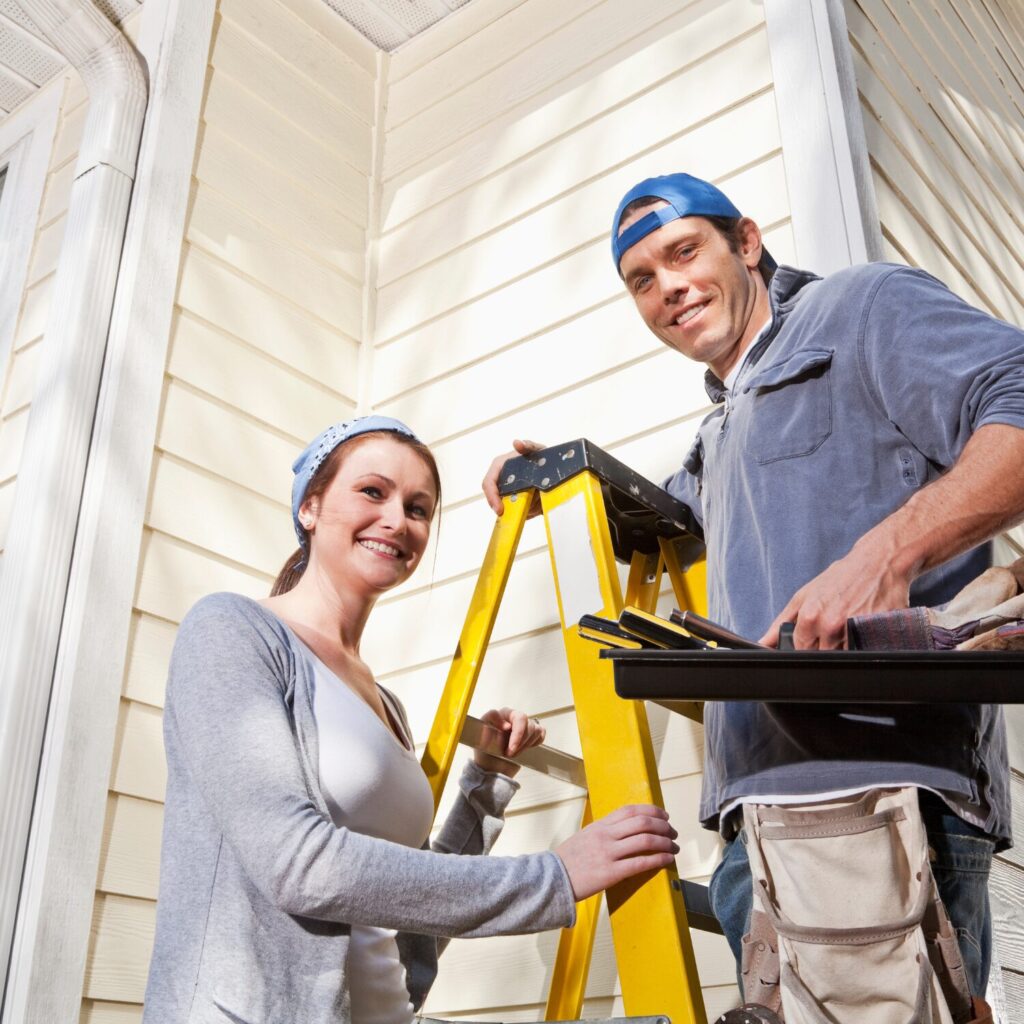
By working through this list, you will be able to determine whether there are signs of leaks, water damage, and focus on items that need major repairs. Larger home projects are always scary to face – but they cannot be ignored by a homeowner.
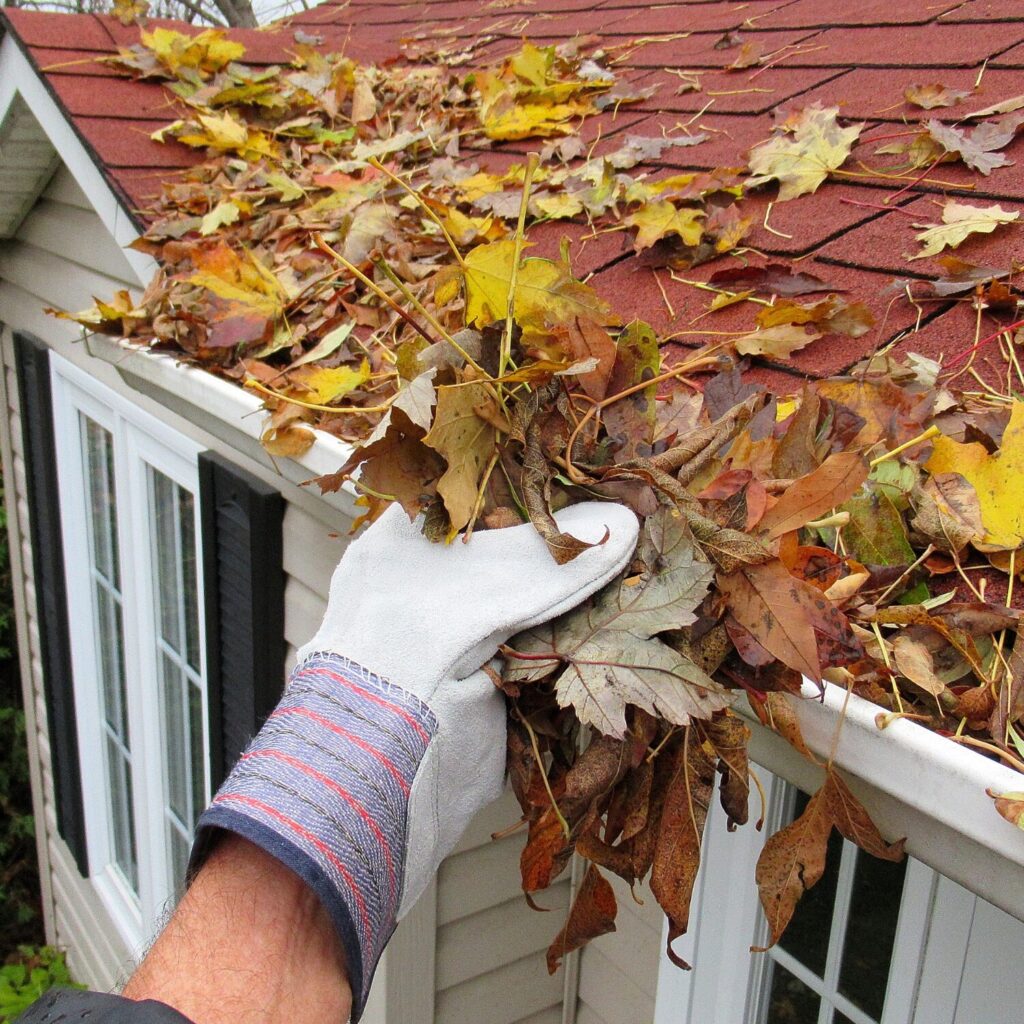
Exterior Maintenance
- Inspect roof for damage: Look for missing or damaged shingles, signs of water damage, and any areas where pests may have caused harm. Addressing roof issues early can prevent leaks and structural damage.
- Clean gutters and downspouts: Remove debris such as leaves, branches, and dirt to ensure proper drainage and prevent water from pooling around your home’s foundation.
- Check for cracks in the foundation: Inspect the foundation for any cracks or gaps, as these can lead to water intrusion and structural problems. Seal any cracks with an appropriate filler to prevent further damage.
- Inspect siding for damage or wear: Look for cracks, warping, or areas where paint is peeling. Repair or replace damaged siding to maintain the integrity of your home’s exterior.
- Clean and repair deck or patio: Sweep away debris, clean surfaces, and inspect for any loose boards or structural issues. Stain or seal wood surfaces as needed to protect against moisture and prolong their lifespan.
- Trim trees and shrubs away from the house: Trim back overgrown branches to prevent them from rubbing against the roof or siding, and to reduce the risk of damage during storms.
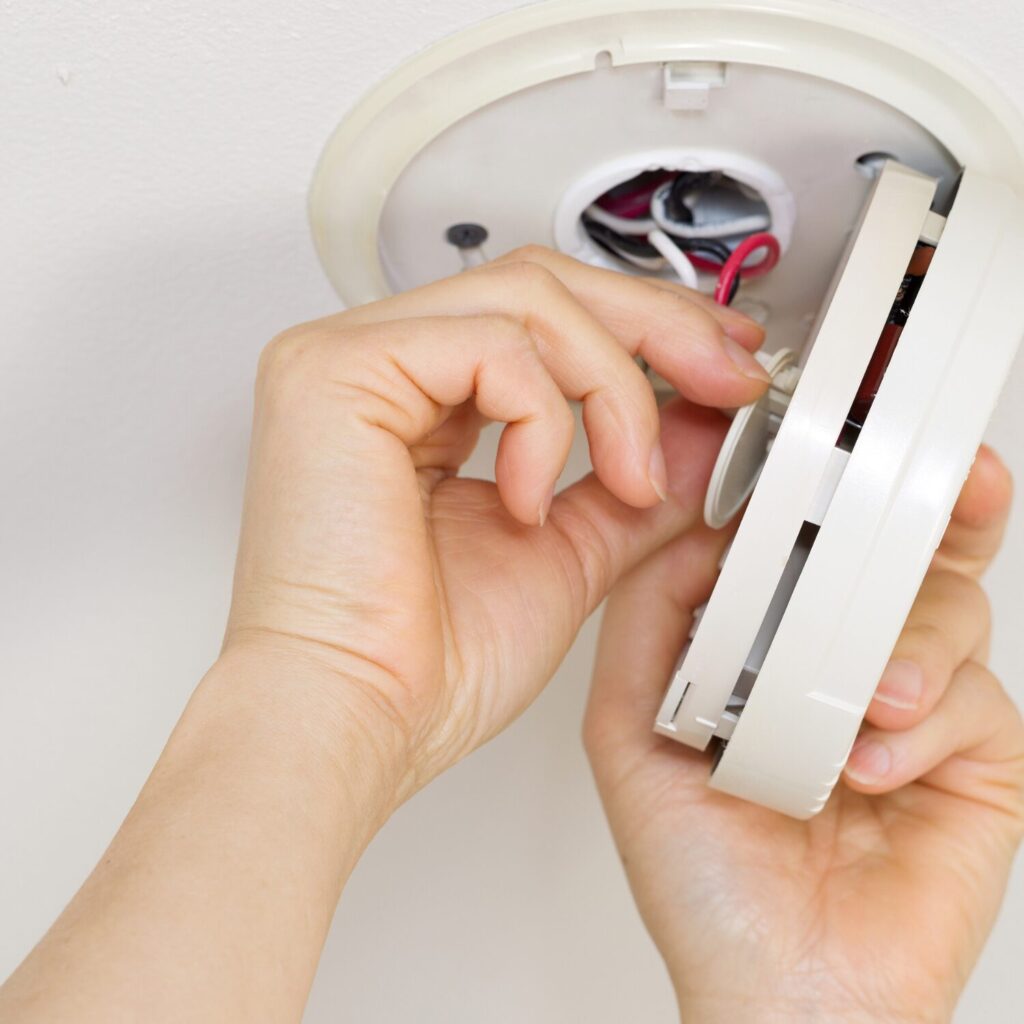
Interior Maintenance
- Check for signs of water leaks or damage: Look for water stains on ceilings or walls, dripping faucets, or dampness in basements or crawl spaces. Addressing leaks promptly can prevent mold growth and structural issues.
- Test smoke detectors and carbon monoxide detectors: Press the test button to ensure they are functioning correctly, and replace batteries if necessary. These devices are crucial for keeping your family safe in a fire or carbon monoxide leak.
- Clean air vents and replace filters: Remove dust and debris from vents and replace HVAC filters to improve air quality and system efficiency.
- Check and repair caulking around windows and doors: Inspect seals for cracks or gaps that could allow air or water to enter your home. Reapply caulking as needed to maintain a tight seal.
- Test and clean ceiling fans: Turn on fans to ensure they are working properly, and clean dust buildup from blades to improve air circulation and efficiency.
- Check for pest infestations: Look for signs of pests such as droppings, chewed wires, or nests in attics, basements, and crawl spaces. Take appropriate measures to remove pests and prevent future infestations.

HVAC Maintenance
- Schedule HVAC system tune-up: Contact a qualified HVAC technician to perform routine maintenance on your heating and cooling system. This includes checking for any issues, cleaning components, lubricating moving parts, and ensuring optimal performance for the upcoming season.
- Clean or replace air filters: Dirty filters can restrict airflow and reduce the efficiency of your HVAC system. Clean or replace filters according to manufacturer recommendations to improve air quality and system performance.
- Check and clean outdoor AC unit: Remove debris such as leaves, grass clippings, and dirt from the exterior of your air conditioning unit. Use a hose to gently rinse off the coils and fins, taking care not to damage delicate components.
- Inspect ductwork for leaks or damage: Examine ducts for any signs of wear, tear, or leaks that could lead to energy loss or reduced indoor air quality. Seal any leaks with duct tape or mastic sealant to improve efficiency.
- Test thermostat functionality: Ensure that your thermostat is accurately reading and controlling the temperature in your home. Replace batteries if necessary and consider upgrading to a programmable or smart thermostat for increased energy savings and convenience.
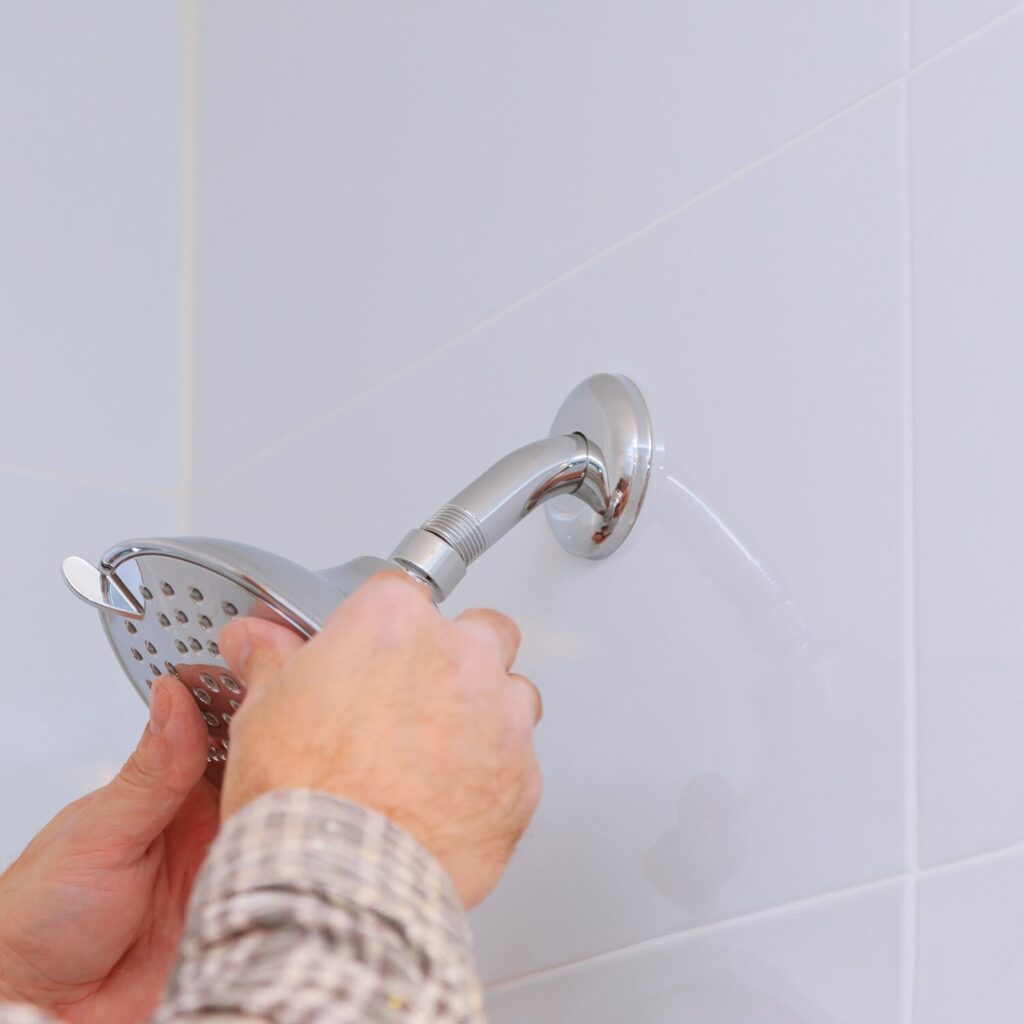
Plumbing Maintenance
- Check for leaks under sinks and around toilets: Inspect plumbing fixtures for any signs of leaks, drips, or water stains. Tighten connections or replace worn seals to prevent water damage and conserve water.
- Inspect water heater for any signs of corrosion or leaks: Check the tank and connections for rust, corrosion, or water buildup, which may indicate a leak or impending failure. Flush the tank to remove sediment and maintain efficiency.
- Clean showerheads and faucets: Remove mineral deposits and debris from showerheads and faucet aerators by soaking them in vinegar or using a commercial descaling solution. This will improve water flow and pressure.
- Test sump pump functionality if applicable: Pour water into the sump pit to ensure that the pump activates properly and pumps water away from your home’s foundation. Consider installing a battery backup system for added protection during power outages.
- Clear any clogged drains: Use a plunger or plumbing snake to clear clogged drains in sinks, showers, and tubs. Avoid using chemical drain cleaners, as they can damage pipes and harm the environment.
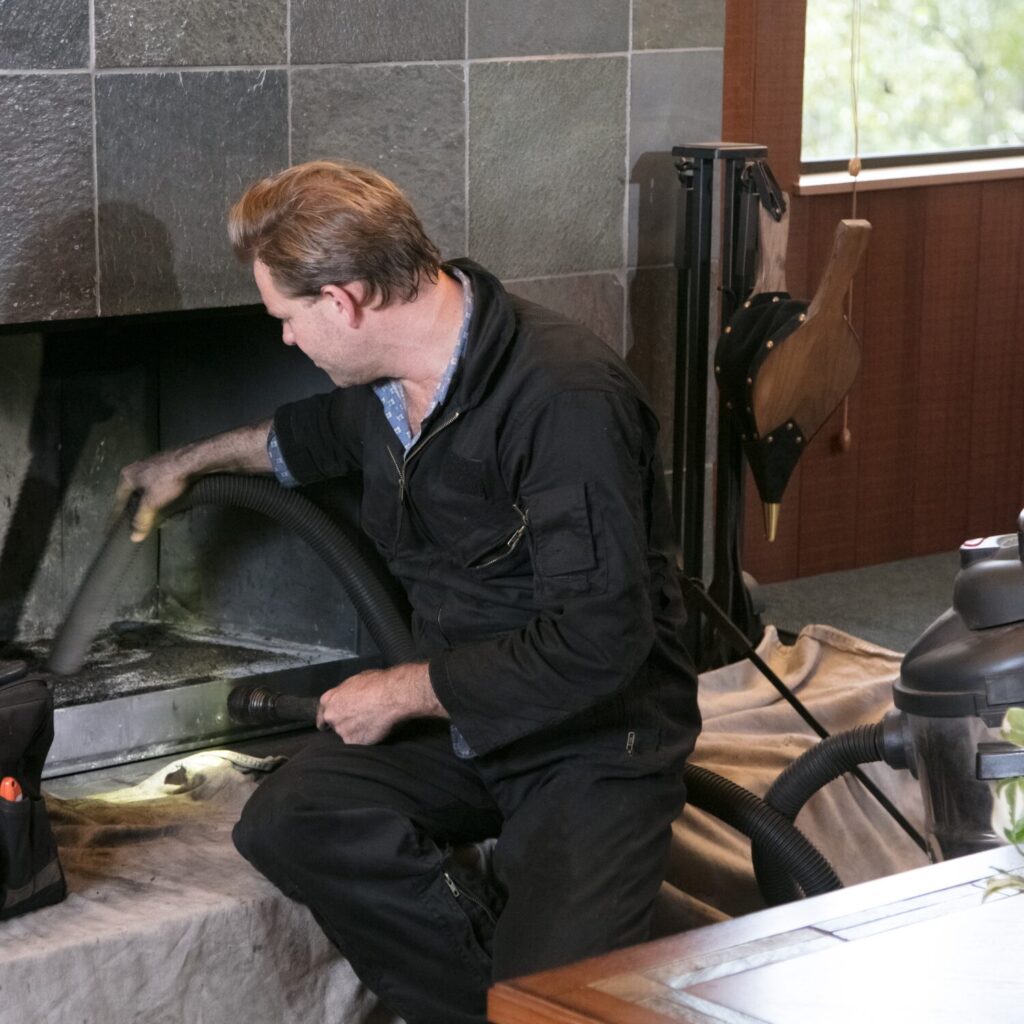
Safety Checks
- Inspect and clean chimney and fireplace: Remove any debris, such as soot or creosote buildup, from the chimney and fireplace. Ensure that the flue is functioning correctly and that there are no obstructions that could pose a fire hazard. Consider hiring a professional chimney sweep for a thorough inspection and cleaning.
- Check for proper operation of garage door opener and safety features: Test the auto-reverse mechanism by placing an object in the path of the closing door to ensure it reverses direction. Inspect the door’s sensors to ensure they are aligned and functioning correctly. Lubricate moving parts as needed to maintain smooth operation.
- Test and replace batteries in smoke detectors and carbon monoxide detectors: Press the test button on each detector to ensure it emits a loud, audible alarm. Replace batteries if necessary and replace any detectors that are not functioning properly. Carbon monoxide detectors should be installed on every level of your home and near sleeping areas.
- Review and update emergency preparedness plans: Review evacuation plans and emergency contact information with your family members. Ensure that everyone knows what to do in the event of a fire, severe weather, or other emergencies. Check and replenish emergency supplies such as first aid kits, non-perishable food, water, and flashlights.

Outdoor Spaces
- Clean and inspect outdoor furniture: Wipe down outdoor furniture to remove dirt, pollen, and mildew. Inspect for any signs of damage or wear, such as rusted metal or frayed fabric, and repair or replace as needed. Store cushions and pillows indoors or in a weatherproof container when not in use.
- Prepare garden beds for planting: Remove weeds, debris, and old mulch from garden beds to prepare for planting. Loosen soil with a garden fork or tiller and amend with compost or fertilizer as needed. Plan your garden layout and start sowing seeds or transplanting seedlings according to your local climate and growing season.
- Test irrigation system and adjust as needed: Turn on sprinklers or drip irrigation system to check for leaks, clogged nozzles, or uneven water distribution. Adjust sprinkler heads and timers to ensure that plants receive adequate water without wasting resources. Consider installing a rain sensor to automatically adjust watering schedules based on rainfall.
- Clean and organize outdoor storage areas: Remove clutter from sheds, garages, and storage bins to create a tidy and functional outdoor space. Dispose of any broken or unused items and organize tools, equipment, and gardening supplies for easy access. Consider adding shelving, hooks, or storage bins to maximize space.
- Check and repair any fencing or gates: Inspect fences and gates for signs of damage, such as loose or broken boards, rusted hinges, or leaning posts. Repair or replace damaged components to maintain security and privacy. Consider applying a fresh coat of paint or stain to wooden fences for added protection against the elements.
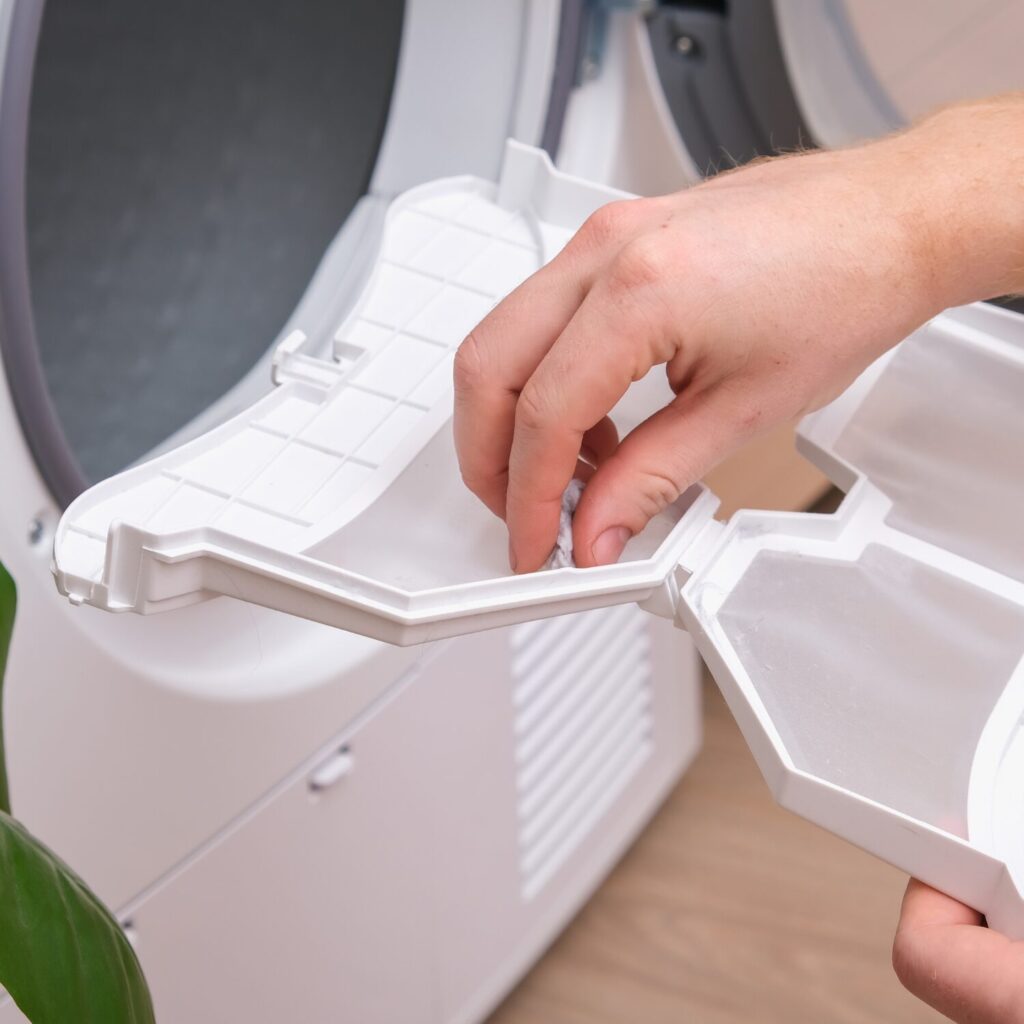
Miscellaneous
- Check and replace weather stripping as needed: Inspect weather stripping around doors and windows for signs of wear or damage. Replace any worn or cracked weather stripping to prevent drafts and improve energy efficiency. Properly sealed doors and windows help maintain a comfortable indoor temperature and reduce heating and cooling costs.
- Inspect and clean dryer vent: Remove lint buildup from the dryer vent duct, lint trap, and exterior vent hood to prevent fire hazards and improve dryer performance. Use a vent brush or vacuum attachment to thoroughly clean the vent system and ensure proper airflow. Schedule professional dryer vent cleaning if necessary, especially if you notice longer drying times or a burning smell.
- Clean windows and screens: Wash windows inside and out to remove dirt, pollen, and grime that has accumulated over the winter months. Use a mild detergent or window cleaner and a squeegee or microfiber cloth for streak-free results. Remove window screens and rinse with water to remove dust and debris, then allow them to air dry before reinstalling.
- Organize and clean out storage areas such as the attic or basement: Declutter storage spaces by sorting through items and purging anything you no longer need or use. Organize belongings into categories and invest in storage bins, shelves, or cabinets to maximize space and keep items easily accessible. Sweep or vacuum floors, wipe down surfaces, and check for signs of pests or water damage.
- Check and replace worn door mats: Inspect door mats for signs of wear, such as frayed edges, holes, or faded colors. Replace worn mats with new ones to maintain a clean and welcoming entryway. Door mats help trap dirt and debris, preventing them from being tracked into your home and protecting flooring surfaces.
Attending to these miscellaneous tasks after a long winter ensures that your home is clean, organized, and in good working order throughout the season. It is a good idea to take the time to work through each line item. The best way to manage this list is to print it out and work through it briefly, budgeting for necessary repairs as they come through.

Should I hire a certified home inspector to help with the spring home maintenance checkup?
Hiring a certified home inspector specifically for a spring home maintenance checkup might not be necessary in all cases, as the scope of a typical home inspection often focuses on identifying structural and safety issues rather than routine maintenance tasks. However, there are certain situations where hiring a certified home inspector for a spring maintenance checkup could be beneficial:
- New Homeowners: If you’ve recently purchased a home and want to ensure that everything is in good condition and properly maintained, hiring a certified home inspector for a spring checkup can provide valuable insights into the current state of your property. This can help you identify any maintenance tasks that need to be addressed and establish a maintenance schedule going forward.
- Older Homes or Homes with Deferred Maintenance: If your home is older or has been subject to deferred maintenance, a comprehensive spring checkup by a certified home inspector can help identify any maintenance issues that may have been overlooked or neglected. This can be especially important for preventing minor problems from turning into major repairs down the line.
- Peace of Mind: For homeowners who want the reassurance of a professional assessment of their home’s condition, hiring a certified home inspector for a spring maintenance checkup can provide peace of mind. A thorough inspection can uncover any potential issues or areas of concern that may have gone unnoticed during routine maintenance.
- Complex or Specialty Systems: If your home has complex or specialty systems, such as a geothermal heating and cooling system or a solar panel array, hiring a certified home inspector with expertise in these areas can ensure that these systems are properly inspected and maintained. They can give you a second opinion on needed repairs while offering their expert advice. These experts can also potentially help you avoid costly repairs by suggesting no updates. Home inspectors don’t always find issues.
While hiring a certified home inspector for a spring maintenance checkup is not always necessary, it can be a worthwhile investment for homeowners who want to ensure that their property is well-maintained and in good condition for the upcoming season. Ultimately, the decision to hire a home inspector for spring maintenance will depend on your specific needs, the age and condition of your home, and your budget.
Get a head start on repairs as soon as you notice them. This will ensure your home remains in great shape. Regular maintenance goes a long way and will increase your property value over time. Did we miss anything from this spring maintenance checklist?
